In a groundbreaking development that blurs the lines between science fiction and reality, researchers have successfully enabled paralyzed patients to control robotic arms using only their thoughts. This remarkable achievement, made possible by advanced brain-computer interface (BCI) technology, offers new hope for individuals with severe motor impairments. The implications extend far beyond the laboratory, promising to transform the lives of those who have long been deprived of physical autonomy.
The core of this innovation lies in the ability to decode neural signals and translate them into actionable commands for external devices. By implanting tiny electrodes into the motor cortex—the brain region responsible for movement—scientists can capture the electrical activity generated when a person imagines moving their limbs. These signals are then processed by sophisticated algorithms that interpret the user's intent and relay corresponding instructions to a robotic arm. The result is a seamless, albeit technologically mediated, extension of the human body.
One of the most compelling aspects of this technology is its potential to restore a sense of agency to people with quadriplegia or other forms of paralysis. For many patients, the simple act of reaching for a glass of water or scratching an itch has been an insurmountable challenge. With BCI-controlled robotic arms, these everyday actions become attainable. Early adopters of the technology have reported profound emotional experiences, describing the first time they were able to feed themselves independently as nothing short of life-changing.
The journey from concept to clinical application has been anything but straightforward. Early iterations of BCIs were bulky, invasive, and required extensive calibration. Patients often struggled to achieve consistent control, and the systems were prone to interference from external noise. However, recent advancements in machine learning and neural engineering have addressed many of these limitations. Modern BCIs are more sensitive, adaptable, and capable of learning from the user's brain activity over time, resulting in smoother and more intuitive control.
A critical milestone in this field was the development of bidirectional BCIs, which not only allow users to control devices but also provide sensory feedback. For instance, when a robotic arm touches an object, sensors can transmit tactile information back to the user's brain through electrical stimulation. This creates a closed-loop system that mimics natural movement more closely, enhancing both precision and the user's sense of embodiment. Such feedback mechanisms are vital for tasks that require fine motor skills, like handling fragile objects or typing on a keyboard.
Despite these advancements, significant challenges remain. The invasive nature of current implantable BCIs poses risks, including infection and potential damage to brain tissue. Researchers are actively exploring less invasive alternatives, such as high-density electroencephalography (EEG) caps, though these currently offer lower resolution and slower response times. Ethical considerations also loom large, particularly regarding data privacy and the potential for misuse of neural data. As the technology evolves, policymakers and ethicists will need to establish frameworks to ensure its responsible deployment.
The societal impact of BCI-controlled prosthetics could be profound. Beyond restoring basic functions, the technology may eventually enable paralyzed individuals to perform complex tasks, from operating machinery to creating art. This could significantly reduce reliance on caregivers and improve quality of life. Moreover, the principles underlying BCI technology are being adapted for other applications, such as treating neurological disorders like epilepsy and depression, further broadening its potential benefits.
Looking ahead, the convergence of BCIs with artificial intelligence and robotics promises even greater breakthroughs. Future systems may integrate predictive algorithms that anticipate the user's intentions, reducing cognitive load and making interactions more fluid. There is also ongoing research into wireless BCIs, which would eliminate the need for physical connectors, enhancing mobility and convenience. As these technologies mature, they could democratize access to advanced assistive devices, making them available to a wider population.
For now, the success stories of early users serve as powerful testimonials to the transformative potential of BCI technology. One participant in a recent study, who had been paralyzed for over a decade, described the experience of controlling a robotic arm as "like having a part of myself back." Such accounts underscore the profound human dimension of this scientific endeavor—it's not just about engineering marvels, but about restoring dignity and independence to those who have lost it.
The road ahead is long, and many technical and ethical hurdles remain. Yet, the progress made thus far offers a tantalizing glimpse of a future where the boundaries between mind and machine are increasingly porous. For paralyzed individuals and their loved ones, that future can't come soon enough.

By Victoria Gonzalez/Apr 10, 2025

By Joshua Howard/Apr 10, 2025

By Noah Bell/Apr 10, 2025

By Emily Johnson/Apr 10, 2025

By Eric Ward/Apr 10, 2025

By Megan Clark/Apr 10, 2025
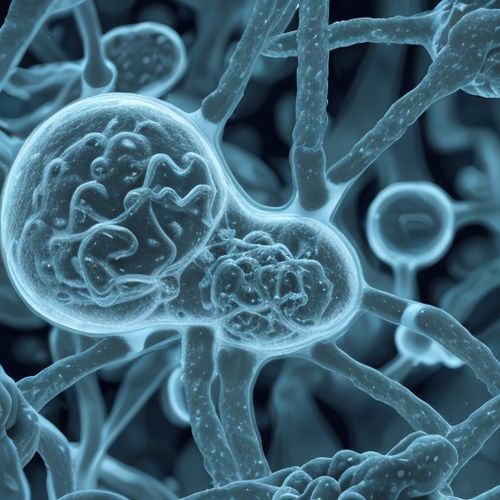
By Samuel Cooper/Apr 10, 2025

By Daniel Scott/Apr 10, 2025
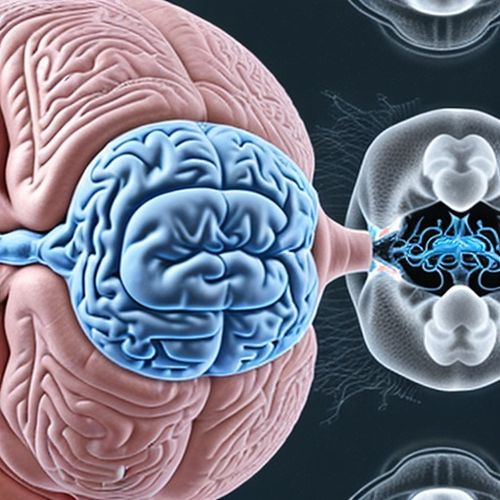
By Emma Thompson/Apr 10, 2025

By Rebecca Stewart/Apr 10, 2025
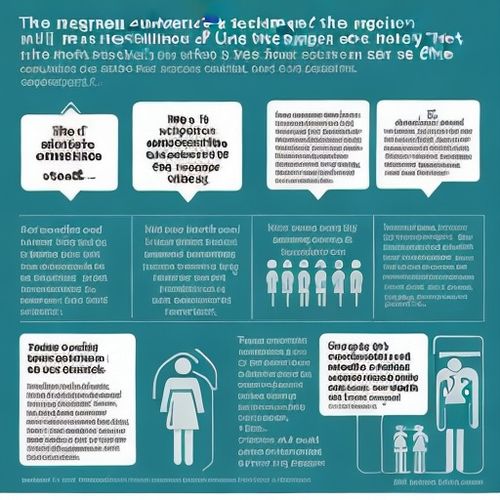
By Lily Simpson/Apr 10, 2025
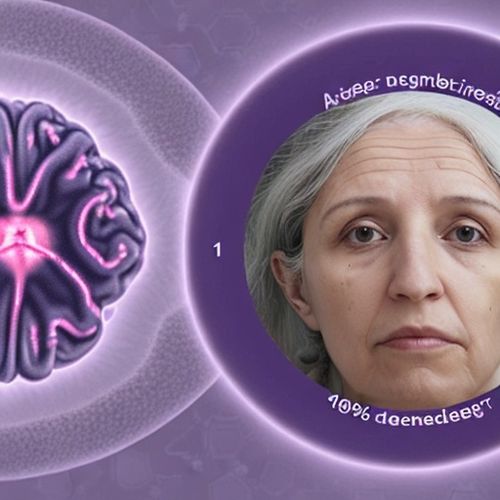
By John Smith/Apr 10, 2025

By John Smith/Apr 10, 2025
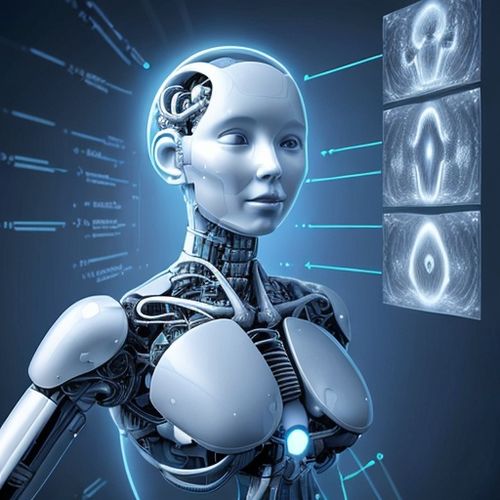
By Samuel Cooper/Apr 10, 2025

By John Smith/Apr 10, 2025
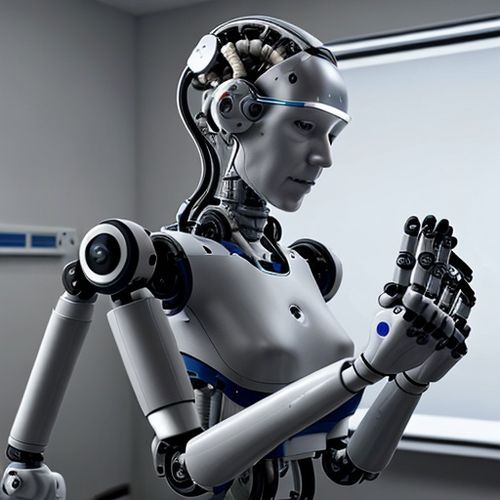
By Rebecca Stewart/Apr 10, 2025

By Joshua Howard/Apr 10, 2025